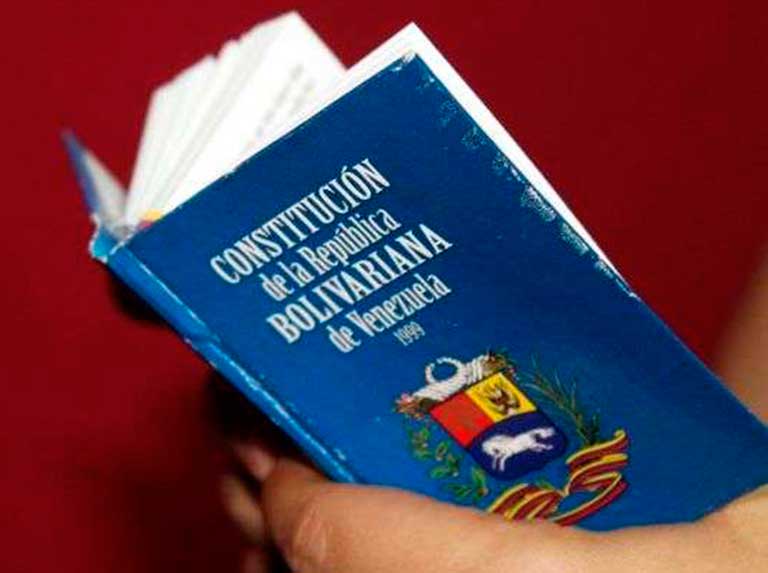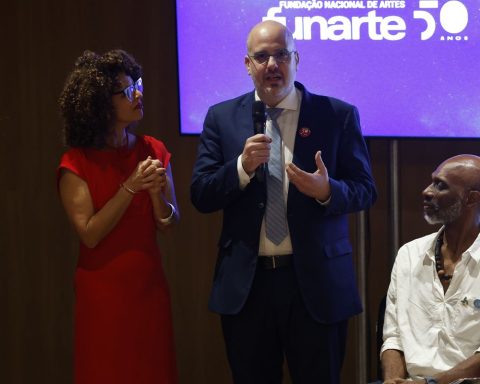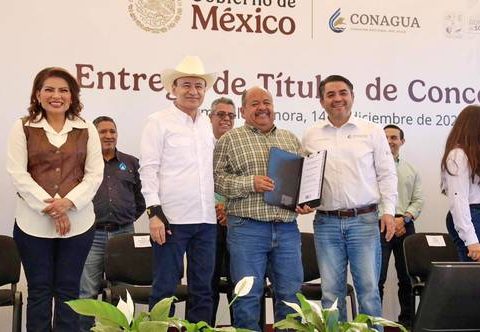Santo Domingo.-The Judicial Department of San Pedro de Macorís has responded to 77.68% of the matters until last August, so it has 48% of its courts up to date, this in harmony with the 0% Default strategic axis promoted by the Dominican Judiciary.
The information was offered by the Judiciary during the Second Regional Meeting: “Let’s Build the Justice of the Future Together from Today”, with a view to designing the Ten-Year Strategic Plan 2025-2034, held in La Romana, in which judges and judicial servants participated of the Judicial Department of San Pedro de Macorís, prosecutors, public defenders and academics.
The demand for justice by subject, the highest percentage is in the Criminal Court with 50%; Civil is next with 22%; Boys, Girls and Adolescents with 16%; Labor 8% and real estate with 4%.
You may also be interested in:
Regarding digital transformation, four hearing rooms have audio transcription in San Pedro de Macorís; In criminal matters, 39 rooms have implemented the Case Management System, of these, 11 are in La Romana, 10 in La Altagracia, nine in San Pedro de Macorís, five in Hato Mayor and four in El Seibo.
While in the jurisdiction of Lands, six rooms have implemented the Case Management System (three in El Seibo, two in La Altagracia and one in San Pedro de Macorís).
During the central words of the meeting, the president of the Supreme Court of Justice (SCJ), Luis Henry Molina, explained that the greatest challenge is to ensure that all the courts in the country are up to date, which will contribute to reducing the pressure on justice, and by reaching 0% Default, they will continue to increase credibility and confidence in the Judiciary.
“The default is the cancer of the Dominican Justice, do not have the slightest doubt, it is a shame and we have to overcome it. Default is the great challenge that confronts us every day, but I would not dare to talk about default here if in the Supreme Court of Justice we were not up to date, today in the Supreme Court there is not a case that is more than a year old,” he stated. .
Likewise, he explained that in the Criminal Chamber of the SCJ the oldest cases date back three months, and in the First Chamber they date back six months, a situation that he hopes will be replicated in the Third Chamber.
Among the most important challenges that the Judiciary has is to achieve the complete digitalization of the Judicial System, which will allow it to do better work and provide better service to people.
Judge Molina explained that it is a cultural transformation, which implies transforming themselves to then achieve institutional change.
II Regional meeting
The welcoming words were delivered by Judge José Manuel Glass Gutiérrez, coordinating judge of the Judicial Department of San Pedro de Macorís, who described the Regional meeting as a transcendental event, unprecedented in the history of Justice in the Dominican Republic because it defines the future of the Judiciary.
While the presentation of the progress related to the Eastern Region was carried out by judges José Manuel Méndez Cabrera, judge of the Superior Land Court of the Eastern Department; and Francisco Arias Sánchez, judge of first instance of the Hato Mayor Criminal Chamber, explained the current state of the Justice System at the Regional level.
“We are in a process of reflection and joint construction of the Ten-Year Strategic Plan, where each of you has a key role, so we value your presence here as a sign of commitment that we share to improve justice in our country,” he assured. Glass Gutierrez.
For her part, Ana María Díaz, representative of the United Nations Development Program (UNDP), who addressed the topic “The Role of Justice in Sustainable Development,” praised the regional meetings and the support provided by the entity that represents in the mission of the Judiciary to strengthen the rule of law.
“Justice is an engine of sustainable human development, the Ten-Year Plan of the Judiciary is designed so that Justice not only resolves conflicts, but genuinely is an instrument of social transformation,” said Díaz.
The remaining regional meetings will be held in Santiago, Barahona, Santo Domingo and the National District.


















